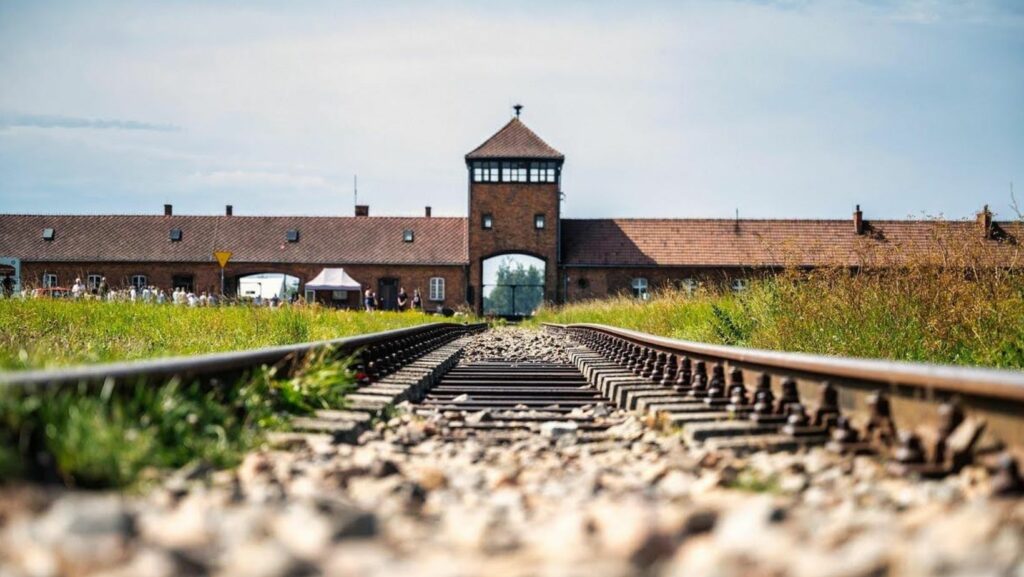Travel has always been a way to discover new places, but for many modern explorers, it’s also a way to rediscover old ones. Increasingly, travelers are seeking experiences that connect them to the past – journeys that reveal the struggles, triumphs, and traditions that shaped today’s world.
From walking through the ruins of ancient civilizations to visiting battlefields where history was written, historical travel offers something far deeper than typical tourism.
Connection to Heritage
For many travelers, the desire to explore history begins with a search for identity. Visiting ancestral regions or places tied to personal or cultural heritage allows people to see where their story began. Sites like Ireland’s ancient ring forts or the historic towns of Tuscany give visitors the chance to feel part of a lineage that stretches back centuries.
Even beyond personal ancestry, places like Egypt’s Valley of the Kings or Japan’s Kyoto – where temples and traditions remain beautifully preserved – help travelers understand the continuum of human history. Exploring these sites isn’t just about admiration; it’s about belonging to something that has endured.
Deeper Cultural Understanding
Historical travel also helps travelers make sense of modern culture. By exploring the past, visitors uncover how traditions, architecture, and belief systems evolved into what we see today. The bustling medinas of Fez, for example, reveal how centuries-old craftsmanship still thrives in Morocco’s modern identity. Similarly, in Peru, the remains of the Inca civilization at Machu Picchu offer insight into how ancient innovation continues to influence regional culture and design.
These immersive cultural experiences create empathy and understanding. They allow travelers to see that culture is not static – it’s a living expression of the past that continues to adapt and inspire.
Educational Enrichment
For lifelong learners, history-focused travel is education at its most engaging. There’s something transformative about learning through direct experience – walking through the Acropolis in Athens, tracing trade routes along the Silk Road, or standing inside the Roman Colosseum where ancient crowds once gathered.
Travelers seeking educational depth often combine exploration with curated experiences, like guided museum tours or cultural immersion programs. Visiting historical sites deepens understanding of global narratives by turning abstract facts into tangible experiences. This kind of learning endures long after the trip ends, shaping how travelers see the world and their place within it.
Emotional Resonance
Few travel experiences match the emotional impact of standing where history unfolded. Whether it’s the quiet reverence of the Auschwitz-Birkenau Memorial or the solemn cliffs of Gallipoli, these moments connect travelers to humanity in profound ways.
One journey that captures this emotional depth is the Band of Brothers Tours, which follows the path of Easy Company across Europe during World War II. Walking through the landing sites of Normandy or the forests of Bastogne offers not only a history lesson but also a moment of reflection on courage, unity, and loss. These travel experiences bring history to life – it shows how it’s real people’s stories that continue to echo today.
Appreciation for Sacrifice and Resilience
Historical travel also nurtures gratitude. Visiting memorials, museums, and monuments allows travelers to honor those who shaped freedom, peace, and progress. Places like the Lincoln Memorial in Washington D.C., the Hiroshima Peace Park, and the Verdun Battlefield in France remind us that our modern privileges often stand on the shoulders of immense sacrifice.
This appreciation extends beyond war history. The restoration of historic sites – from the Great Wall of China to Cambodia’s Angkor Wat – demonstrates human resilience and the collective effort to protect our shared heritage. Each preserved monument tells a story not just of what was lost, but of what has survived.
Preservation of Collective Memory
By engaging with history, travelers help keep it alive. Every visit to an archaeological site, restored castle, or traditional village contributes to sustaining local economies and preserving cultural landmarks. Heritage tourism encourages communities to protect traditions, architecture, and art that might otherwise fade.
Mindful tourism supports these preservation efforts by balancing education, respect, and sustainability. When travelers choose authentic, responsible experiences, they ensure that the stories of the past remain accessible to future generations.
Authentic and Meaningful Experiences
In an age of mass tourism and digital noise, people crave authenticity, something real and rooted. Historical travel provides that grounding. Whether it’s walking through Istanbul’s Hagia Sophia, tracing the footsteps of the Maya in Guatemala, or sharing stories with local guides in small European villages, history transforms travel into something meaningful.

Authentic experiences also inspire more sustainable practices. Travelers who engage deeply with local history often make more conscious choices, supporting heritage projects, local artisans, and conservation efforts that give back to the communities they visit.
Honoring the Past, Enriching the Present
Historical travel is not simply about revisiting what once was; it’s about understanding what still matters. Each journey through time helps us learn, empathize, and grow. It’s a reminder that history is not confined to textbooks or monuments, it lives in the people, languages, and legacies that shape our world.
By exploring the past with curiosity and respect, travelers not only honor those who came before them but also carry their stories forward, ensuring that the lessons, courage, and spirit of history continue to guide the generations yet to come.
